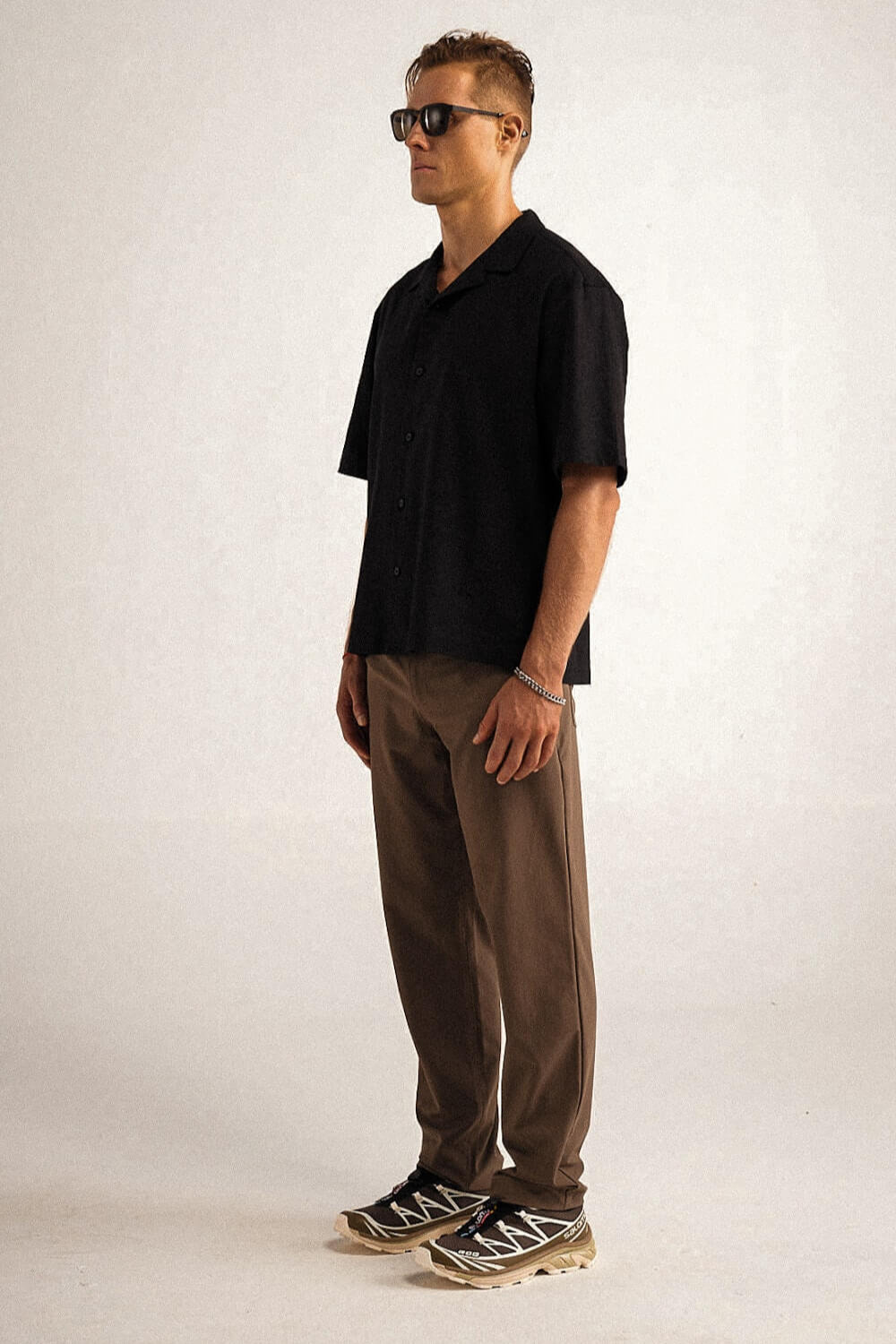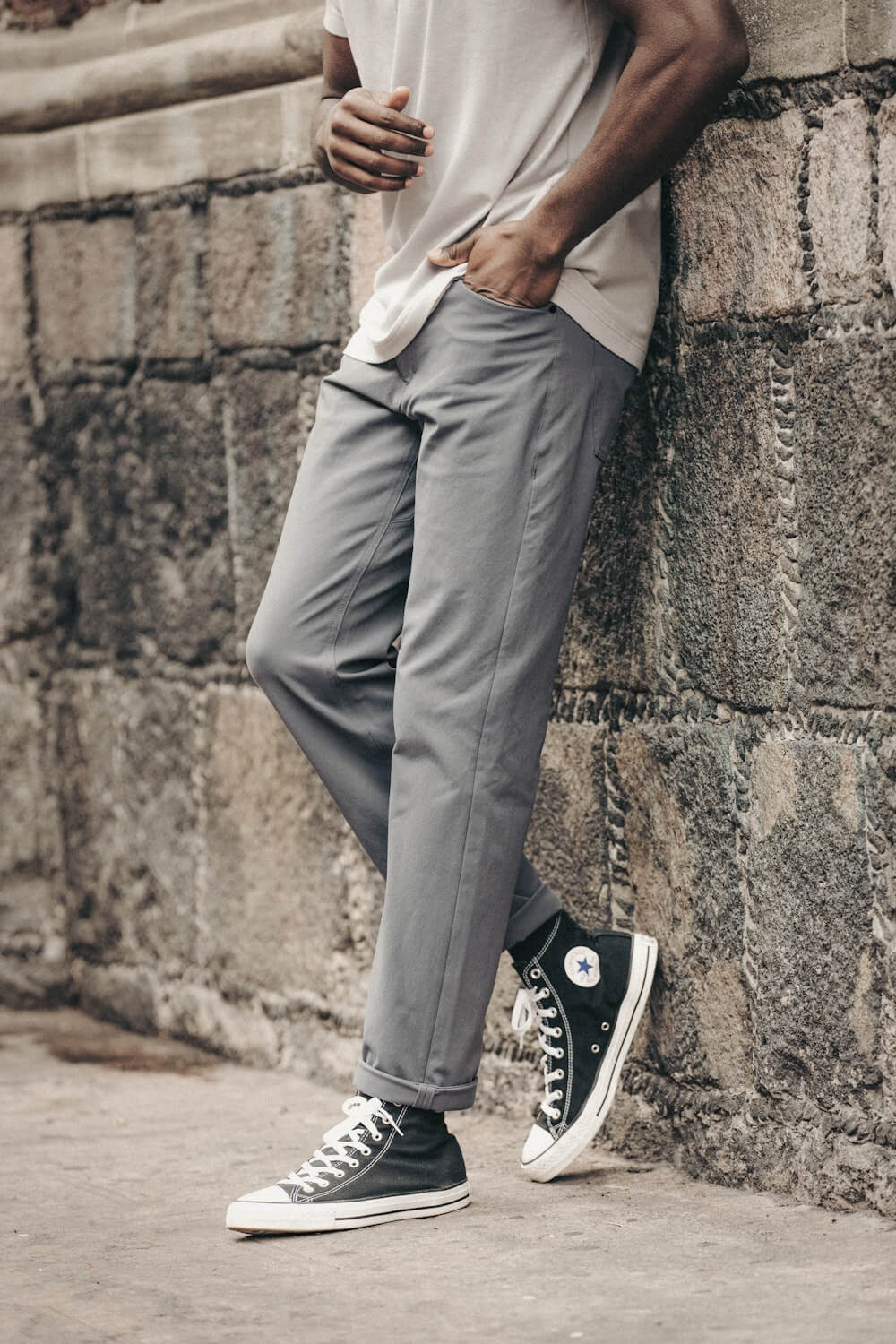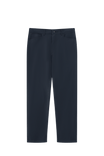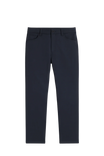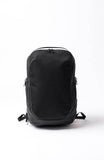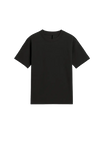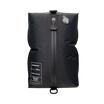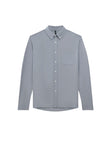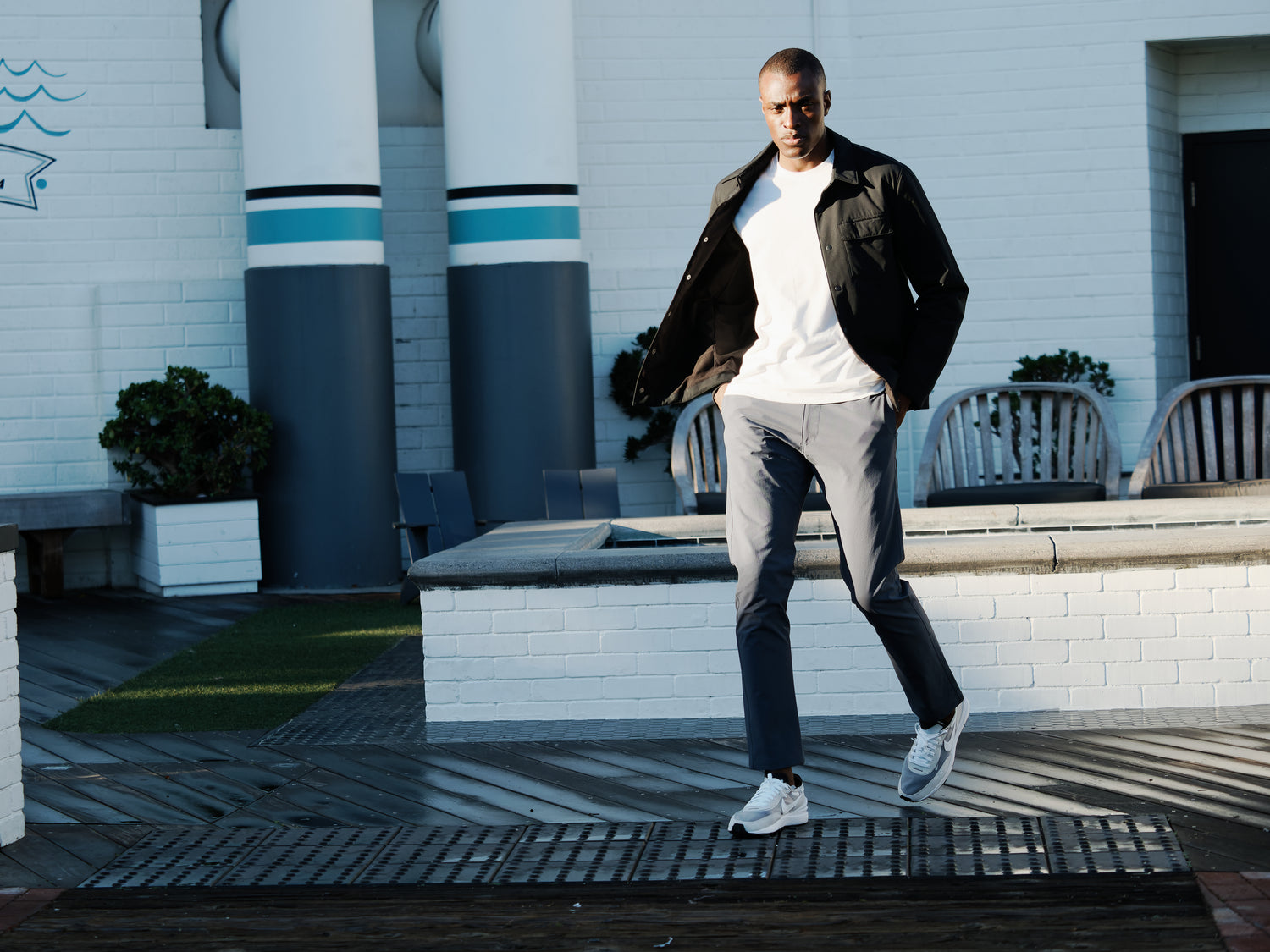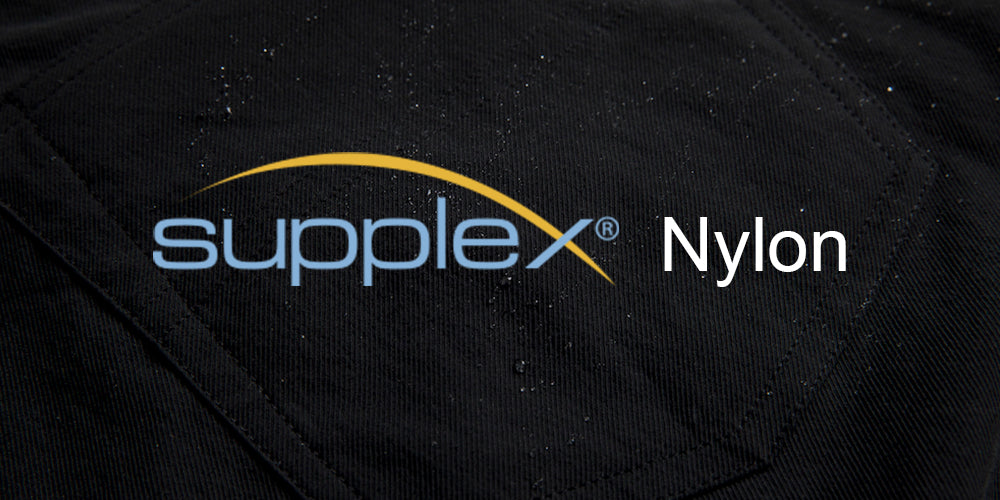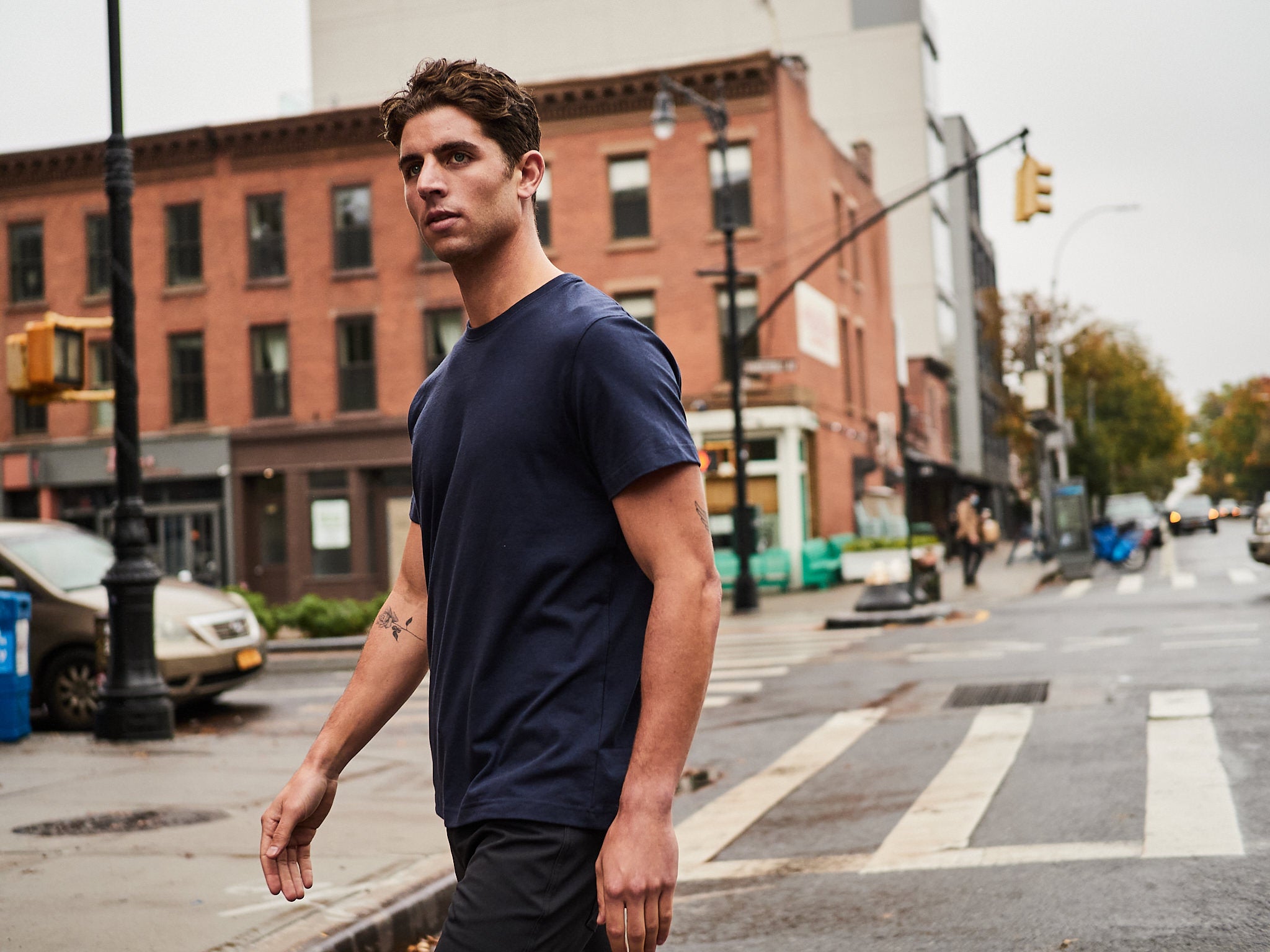
When we created the Evolution Chino, we set out to re-imagine one of the most classic wardrobe staples that belongs in every closet.
Chinos are a surprisingly durable pant and have been a wardrobe staple for almost 150 years - for good reason. While they are sometimes seen as a more work appropriate or business casual style, their origin is based on a utilitarian need for performance. Because of the this base in performance the chino pant is extremely versatile, particularly for those who rarely wear a suit.
ELEMENTS OF THE CHINO PANT:
FABRIC: The original chino-like trousers were a cotton twill worn by men in India as a work pant. In 1846, these khaki trousers were discovered when the British Army stationed in the sweltering heat of Colonial India. As the chino pant style was more widely adopted, it continued to be made out of cotton for its lightweight breathable properties.

COLOR:The classic khaki color came shortly after the style was adopted when Lieutenant General Sir Harry Lumsden dyed his cotton uniform a dust-color in order to be less conspicuous. His peers quickly adopted this earth color—or khaki in Hindi. The classic drab or khaki color that is now a chino staple became popular worldwide in 1948 when the US military also introduced it to their uniforms.



POST WAR AND ADAPTION:

Before long, up and coming designers such as Ralph Lauren reinvented the style from a uniform and college trend to a clean staple piece. Designers added diagonally cut “slash” pockets and a single crease in the legs to give a more polished and crisp appearance. In London, chinos combined with a navy blazer became an increasingly acceptable option to wear in place of the suit. The U.S. was quick to follow this trend when chinos became a favorite with male style icons, like Steve McQueen.


WESTERN RISE PROCESS:
When we began designing our version of the chino, we kept the original pant in mind. The trouser began as a breathable, clean cut, and durable uniform that performed for our soldiers out on the battlefield, and then joined them back home in their everyday lives. In the same way, we wanted to bring you a pant that could take you out on an adventure and then join you back home for any occasion.
DURABILITY: As always, when improving durability we start with the fabric. Our Evolution cloth maintains the integrity of the classic twill weave construction, but we upgraded the original cotton with and extremely durable, air-texturized, high denier, stretch nylon/spandex blend. This Evolution cloth gives the wearer exceptional durability that can only come from a high-grade nylon, paired with the light, airy comfortable feeling of cotton.
WATER RESISTANCE: Beyond being both comfortable and durable, we also treated the yarns of the fabric with an advanced C0, flourocarbon-free durable water repellent. This means that the Evolution Chinos shed water, coffee and wine, and dry extremely quickly if they do become saturated. This is a massive improvement from cotton twill that can leave you feeling cold and clammy when wet.
MOVEMENT: Next, we looked at how chinos moved, and what we found was that the range of leg motion was still constricted. We replaced this with our Evolution Fabric, which moves with the body and stretches in every direction. We also adjusted the pant construction as well. We maintained the traditionally straight fit and added a crotch gusset for a higher leg angle and increased leg mobility. This is movement extremely important in outdoor or travel activity, where more motion is needed. To account for a more active lifestyle, we also adjusted the back rise and waistband to allow for more room and keep you covered while crouching, squatting, or biking.
DETAILS: Finally, we took a look at the classic welt pockets. As most modern day wearers use these to hold essentials like wallets and keys, we adjusted the classic pocket with a hidden zipper for added security.
While we made the pant tougher, with hidden details for more versatility we kept the clean, simple, and versatile style—bringing you a modern twist on the chino pant that combines history with next-generation performance.
The Evolution Chino - The modern performance chino pant.


